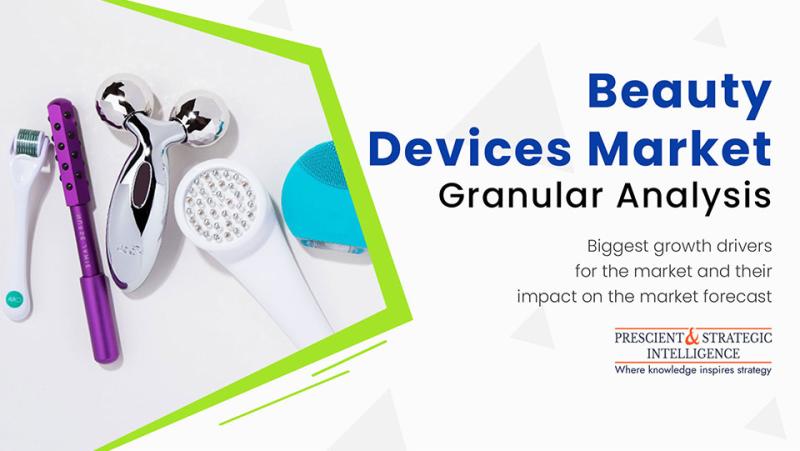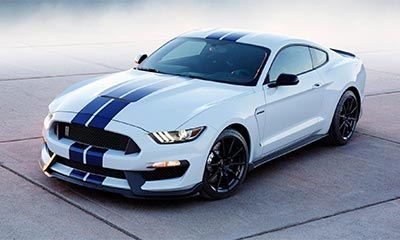1. Rise in Demand for At-Home Beauty Treatments
The COVID-19 pandemic has significantly shifted consumer behavior, with more individuals seeking at-home beauty treatments. As people spent more time indoors, the demand for beauty devices that can replicate salon-like experiences at home surged. Consumers are now more inclined to invest in devices such as facial cleansing brushes, LED therapy masks, and hair removal devices.
2. Technological Advancements
Innovation plays a crucial role in the beauty devices market. Manufacturers are increasingly integrating advanced technologies into their products, enhancing their effectiveness and user experience. For example, devices utilizing microcurrent technology for facial toning and ultrasound technology for skin rejuvenation are gaining popularity. Moreover, the introduction of smart beauty devices that connect to mobile applications for personalized recommendations is transforming the market.
3. Growing Awareness of Personal Grooming and Wellness
As self-care and wellness continue to take center stage, consumers are increasingly prioritizing personal grooming. This trend is reflected in the rising sales of beauty devices designed to improve skin health, enhance appearance, and promote overall well-being. The growing awareness of the importance of skincare, along with the desire for natural beauty, has led to an uptick in the use of devices like dermabrasion tools, microdermabrasion systems, and facial steamers.
4. Influence of Social Media and Beauty Influencers
The impact of social media on consumer behavior cannot be underestimated. Beauty influencers and content creators play a significant role in shaping trends and driving sales. Their endorsements of specific beauty devices can lead to increased consumer interest and purchases. Platforms like Instagram, TikTok, and YouTube serve as vital marketing channels for brands, allowing them to showcase their products in action and demonstrate their effectiveness.
Key Trends Shaping the Market
1. Personalization and Customization
Consumers are increasingly seeking personalized beauty solutions. Brands are responding by offering customizable beauty devices that cater to individual skin types, concerns, and preferences. For instance, some skincare devices allow users to adjust settings based on their skin's specific needs, resulting in a more tailored experience.
2. Eco-Friendly and Sustainable Products
Sustainability is becoming a significant consideration for consumers in the beauty industry. As a result, many brands are focusing on creating eco-friendly beauty devices that minimize environmental impact. This includes using sustainable materials, reducing packaging waste, and adopting energy-efficient technologies. Consumers are more inclined to support brands that align with their values of sustainability and environmental responsibility.
3. Integration of Artificial Intelligence (AI)
The integration of AI into beauty devices is revolutionizing the industry. AI-powered devices can analyze users' skin conditions, provide personalized recommendations, and track progress over time. For example, some skincare devices use AI algorithms to assess skin health and suggest tailored treatments based on real-time data. This level of personalization enhances the user experience and increases the effectiveness of the devices.
4. Growth of Multi-Functional Devices
Consumers are increasingly looking for beauty devices that offer multiple functions. Multi-functional devices, such as combination cleansing and exfoliating systems, provide convenience and value for money. This trend is particularly appealing to consumers with limited space or those who prefer to streamline their beauty routines.
Challenges Facing the Market
1. High Competition
The beauty devices market is highly competitive, with numerous established brands and new entrants vying for market share. Differentiating products and maintaining brand loyalty can be challenging for companies. To succeed, brands must continuously innovate and offer unique value propositions to capture consumer attention.
2. Regulatory Challenges
As the beauty devices market expands, regulatory compliance becomes increasingly important. Manufacturers must ensure that their products meet safety and efficacy standards. Navigating the regulatory landscape can be complex, particularly for companies looking to introduce new technologies or expand into new regions.
3. Consumer Education
While the beauty devices market is growing, consumer education remains a hurdle. Many potential buyers may not fully understand how to use certain devices or the benefits they offer. Brands need to invest in education and awareness campaigns to inform consumers about product usage and effectiveness, ultimately driving sales and enhancing customer satisfaction.
Future Outlook
The future of the beauty devices market looks promising, with several factors contributing to its continued growth:
1. Expansion of E-Commerce
The rise of e-commerce has transformed the retail landscape for beauty devices. Consumers increasingly prefer shopping online, driven by convenience and access to a broader range of products. Brands that invest in robust e-commerce platforms and digital marketing strategies are likely to thrive in this evolving market.
2. Emerging Markets
While North America and Europe are currently dominant markets, emerging regions such as Asia-Pacific, Latin America, and the Middle East present significant growth opportunities. Rising disposable incomes, increasing urbanization, and growing interest in personal grooming in these regions are expected to drive demand for beauty devices.
3. Continued Innovation
Innovation will remain a driving force in the beauty devices market. As technology advances, consumers can expect to see new and improved devices that offer enhanced effectiveness and user experience. Brands that prioritize research and development will be well-positioned to capitalize on emerging trends and meet evolving consumer demands.
Conclusion
The beauty devices market is poised for substantial growth, driven by increasing consumer interest in personal grooming, technological advancements, and the influence of social media. As the industry evolves, brands must stay attuned to changing consumer preferences and market trends to remain competitive. By focusing on innovation, personalization, and sustainability, companies can successfully navigate the challenges and seize the opportunities in this dynamic market. The future of beauty devices holds exciting possibilities, promising enhanced experiences for consumers and continued growth for the industry as a whole.









Comments